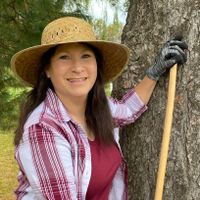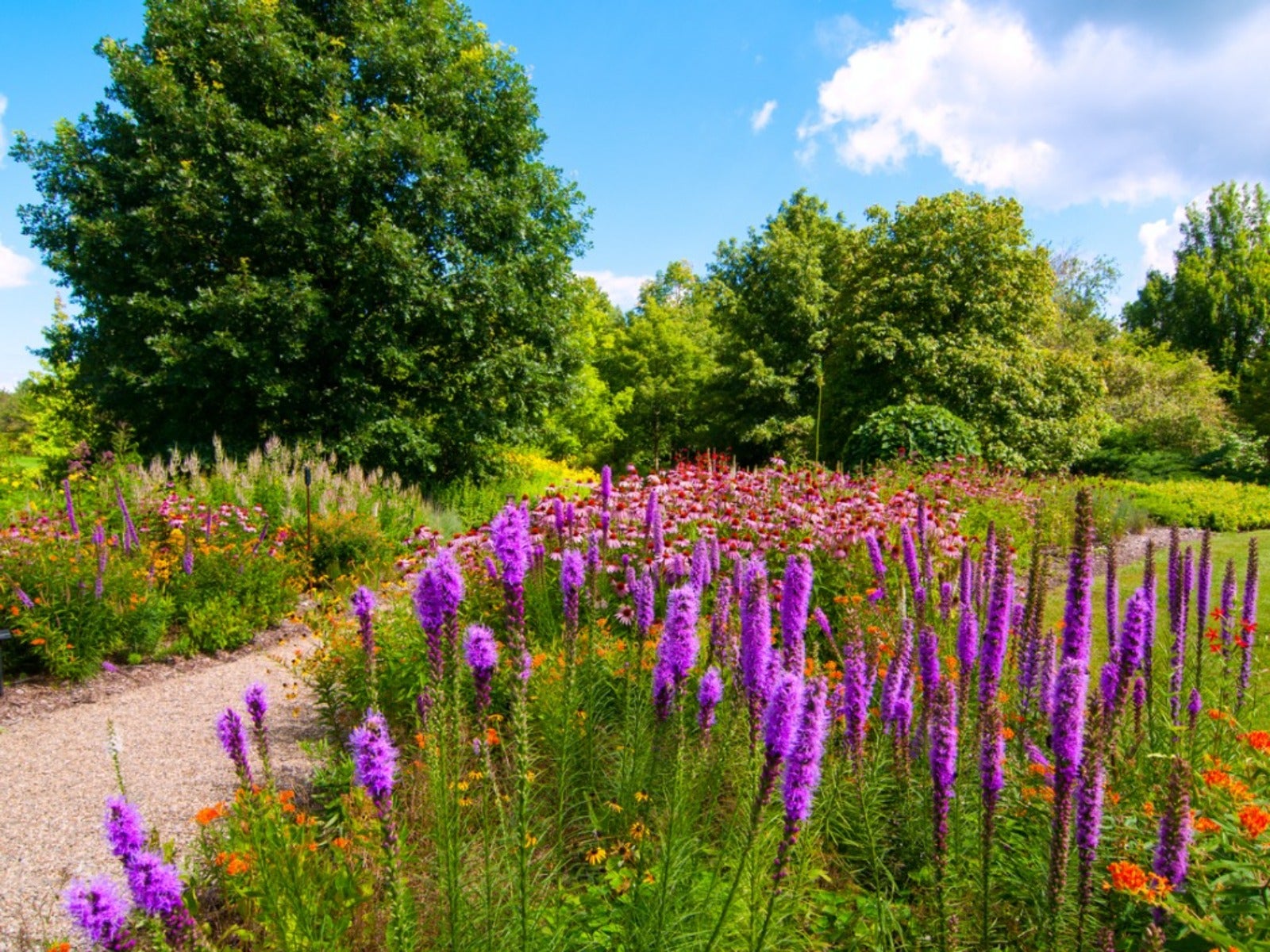Prairie Maintenance Tips For Backyard Prairie Gardens


Prairie gardens are valued as a low-maintenance alternative to the traditional lawn or landscaped bed. Composed of wispy native grasses and late-flowering perennials, these gardens require little care once established. However, proper prairie maintenance during the first three years is essential to the future success of the garden.
Prairie Management – Year One
Controlling weeds is the biggest challenge gardeners face in the first year of a newly-planted prairie garden. Annual weeds shoot up much faster than slow-growing perennial prairie plants. Without control methods, prairie plants can suffer losses due to competition by taller, denser weeds.
Hand weeding is effective for small gardens. This works best when eliminating young weeds as it is less likely to disturb the shallow-rooted prairie plants during their first year. In order to remove only the weeds and not the prairie plants, the gardener must be able to distinguish between the two. Online references can help with weed identification.
Mowing prairie grass is a much more common practice of weed control in larger gardens, but this method can also be successfully used in smaller patches. To help select for prairie plants and prevent annual weeds from setting seeds, mowing 3 to 4 times the first year is recommended. Allow the weeds to reach a height of 16 inches (41 cm) or about knee high, then mow to a height of 4 to 6 inches (10-15 cm).
In order to prevent damaging the young prairie plants while mowing, avoid driving over the prairie garden if at all possible. A tractor with a side mower can be used for large areas, but for small prairie plantings a string trimmer is ideal.
In addition to mowing, supplemental water may be needed during the first season to help prairie plants survive dry spells as they become established. (Established prairie gardens rarely require additional irrigation.) Fertilization should be avoided as the added nutrients favor weed growth.
Due to the slower growth rate of prairie plants during their first year, it may seem as if the project has turned into nothing more than a weed patch. Experts advise waiting at least two full growing seasons before replanting or reseeding prairie species.
Sign up for the Gardening Know How newsletter today and receive a free copy of our e-book "How to Grow Delicious Tomatoes".
Maintenance of the Prairie Garden – Year Two
Management of weeds becomes much easier during the prairie garden's second season. By now, the prairie plants are more established and foliar growth is higher. Perennial weeds can be carefully removed by hand or spot-treated with herbicides. Care must be taken with the latter method to avoid overspray which can harm prairie species.
Biennial weeds will be much more noticeable this year as they send up flower heads. Annual weeds can continue to germinate from the weed seed bank within the soil. Mowing once or twice to control weeds is recommended this year.
To be most effective, allow the biennial weeds to reach full bloom stage before mowing. Prior to the weeds setting seeds, cut back the area to a height of 12 inches (30 cm). Spot mow in areas where weeds are densest, while letting weed-free areas of the prairie garden grow.
Year Three and Beyond: Prairie Plant Mowing Maintenance
In nature, prairies rely on periodic fires to maintain plant diversity and control unwanted weeds. Prairie fires also return nutrients to the soil and reduce excessive dead plant debris. This exposes the soil to sunlight and allows it to warm quicker in the spring. Since burning is often not permitted in urban and suburban settings, annual spring mowing becomes the suitable alternative.
From the third year on, mowing and raking in early spring will provide the same soil-warming benefits as a controlled burn. This step ensures warm season prairie plants have an advantage over the cool season weeds, which have already begun to grow. The ideal time to perform this task is when sugar maple tree buds are opening.
If needed, spot mowing can be performed mid-season to control stubborn areas. When the prairie garden is surrounded by lawn turf, annual edging will also prevent the grass from invading the prairie. These simple steps will help your prairie garden become established now and thrive in future years.
Note: Any recommendations pertaining to the use of chemicals are for informational purposes only. Chemical control should only be used as a last resort, as organic approaches are safer and more environmentally friendly.

Laura Miller has been gardening all her life. Holding a degree in Biology, Nutrition, and Agriculture, Laura's area of expertise is vegetables, herbs, and all things edible. She lives in Ohio.